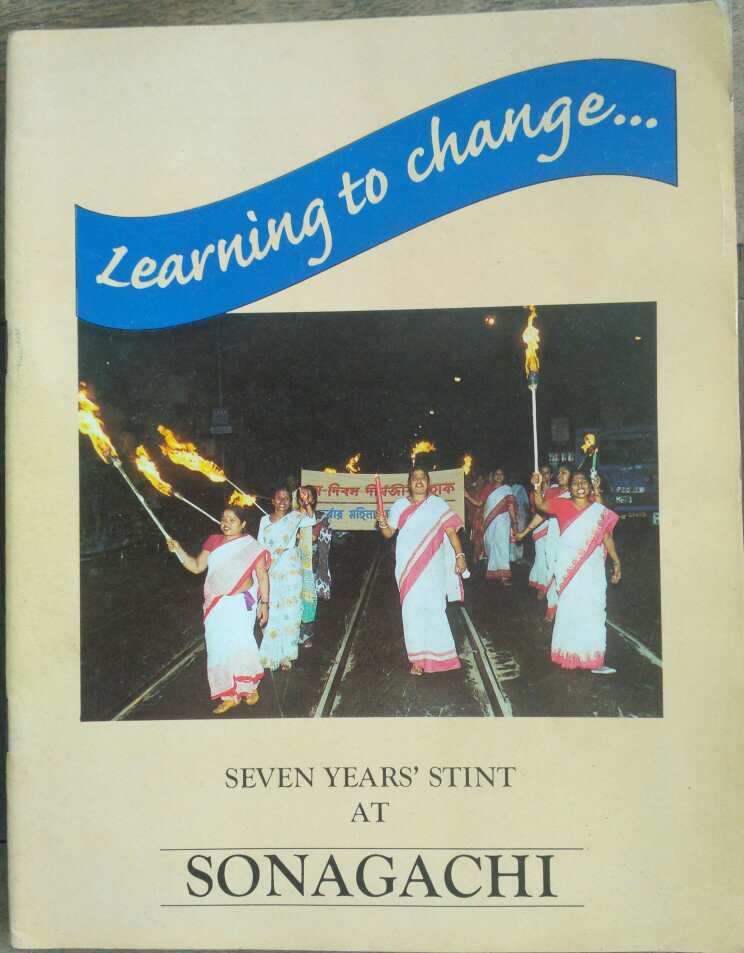Description
The STD/ HIV Intervention Programme, widely known as the Sonagachi Project, started in 1992, experimenting in the arena of public health to control
transmission of STD and HIV among sex worker communities in Calcutta, India. During the course of its implementation, the focus of the Sonagachi Project broadened radically beyond disease control to address the structural issues of class, gender and sexuality. The Project is a significant departure from
run-of-the mill health intervention endeavours, since it accords a central role to a marginal community, otherwise neglected by health and other development interventions. It has come to represent a unique example of community mobilisation and of using human/ social capital in a public health/ AIDS control intervention.The Sonagachi Project attaches prime importance to sex workers ‘ needs and interests and gives decision-making power to its sex worker Peer Educators. The fundamental thrust of the Sonagachi Project is to address the structural issues that affect the health and the lives of sex workers and to create an enabling environment for sex workers to affect significant changes.
One of the desired outcomes of the programme was to come up with a model for such work which could then be replicated with local variations in different red light areas, not only in Calcutta and its vicinity, but across the country and beyond. The principal emphasis of this model is responding to the needs of the sex workers and their real and active involvement in every level of the programme.When the Project first started, its focus was on the epidemiological and medical issues related to AIDS. However, as soon as it started working in red light areas, it was realised that the AIDS pandemic needs to be seen in its entirety, with all its social, political and economic complexities. Now, seven years down the line, SHIP has moved way beyond conventional behavioural change model, and has taken on a much more holistic shape. The work with the sex workers of Sonagachi and all the other red light districts to which the Project soon spread, made it obvious that sex workers themselves can work as the best change agents to fight the AIDS pandemic. And for them to work at their best potential as agents of change, much has to change in their own working conditions and in their lives. The society at large has to recognise their human dignity, accept their livelihood option as a valid occupation, and the sex workers have to value their own lives and look forward to a meaningful future as legitimate citizens in a healthy society.




Be the first to review “Seven Years' Stint At SONAGACHI”
You must be logged in to post a comment.